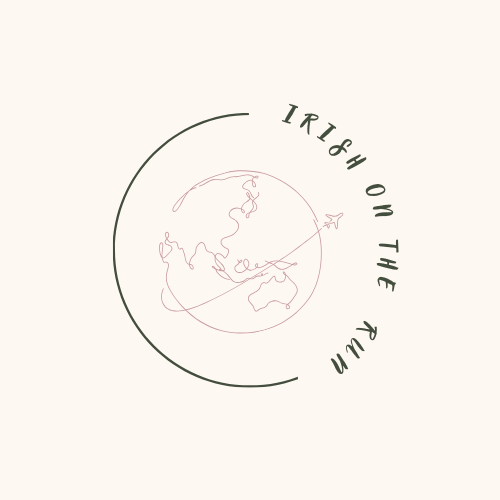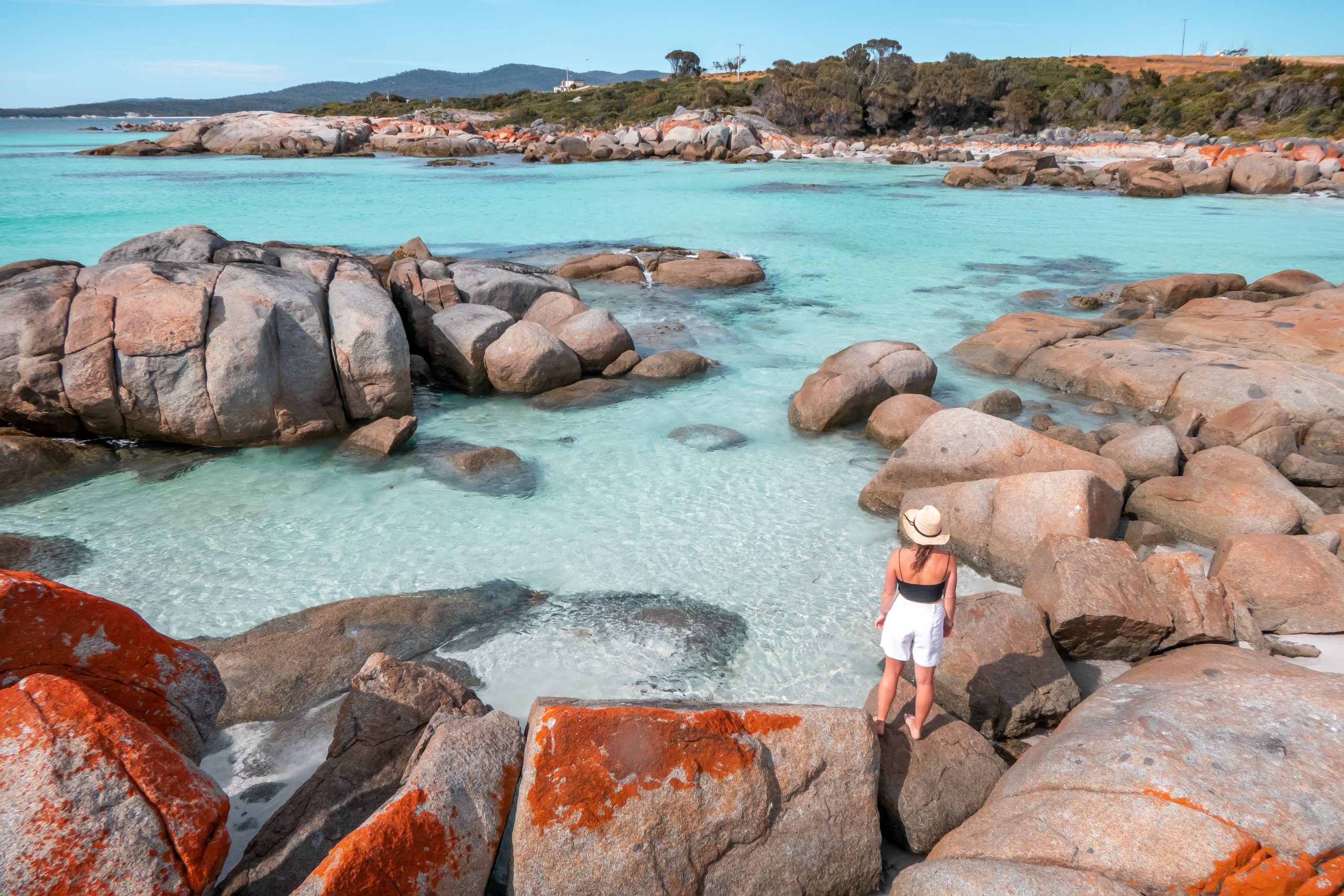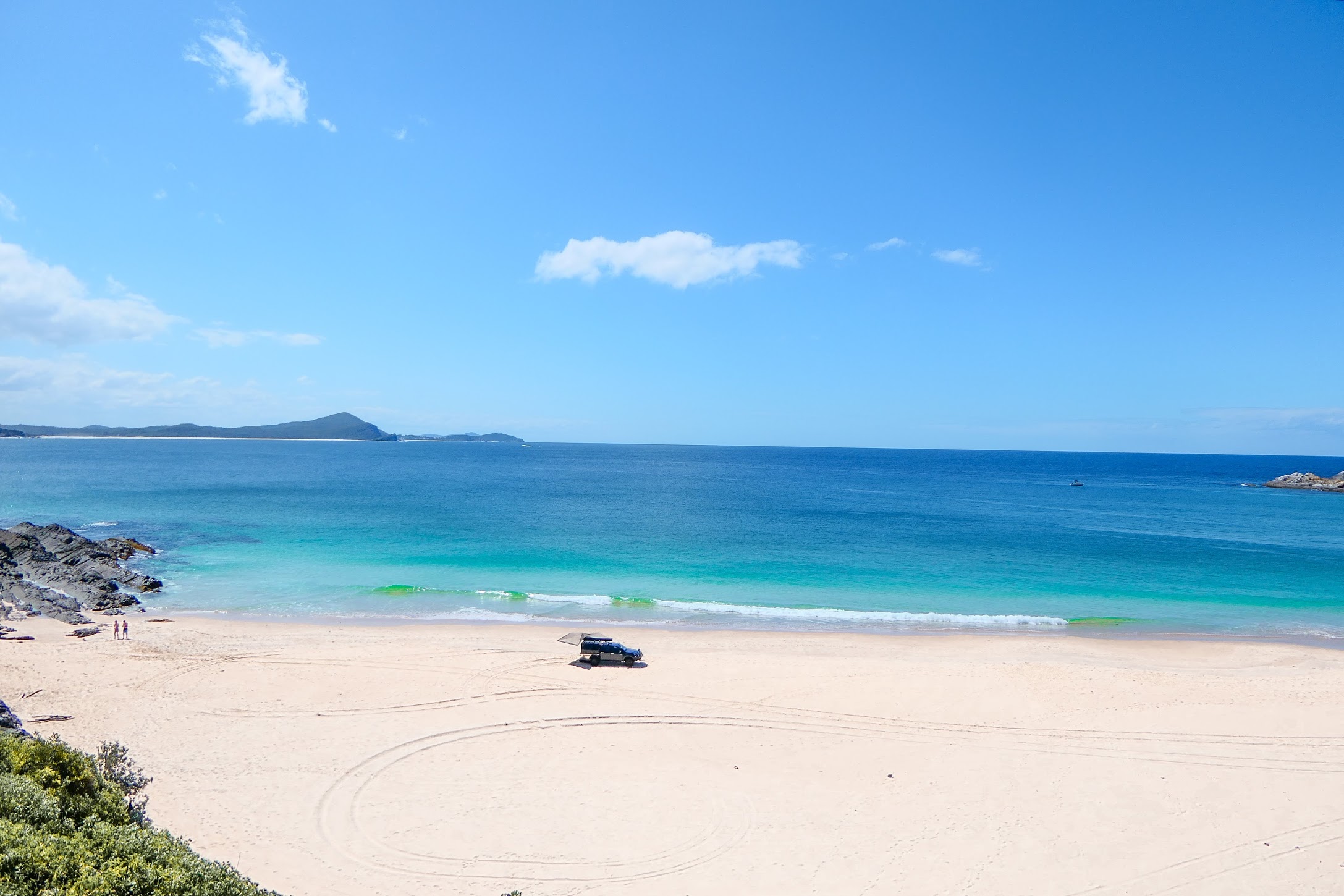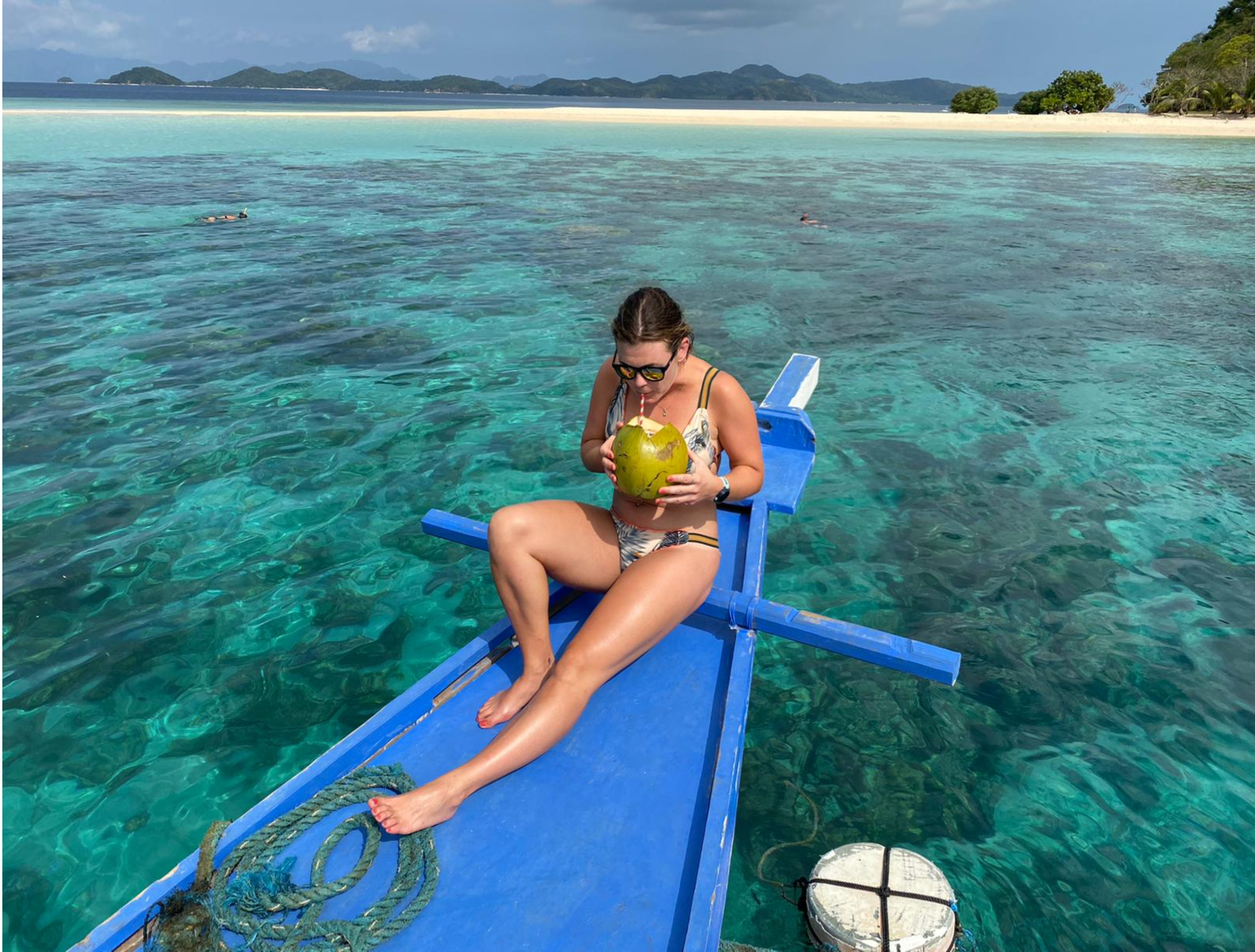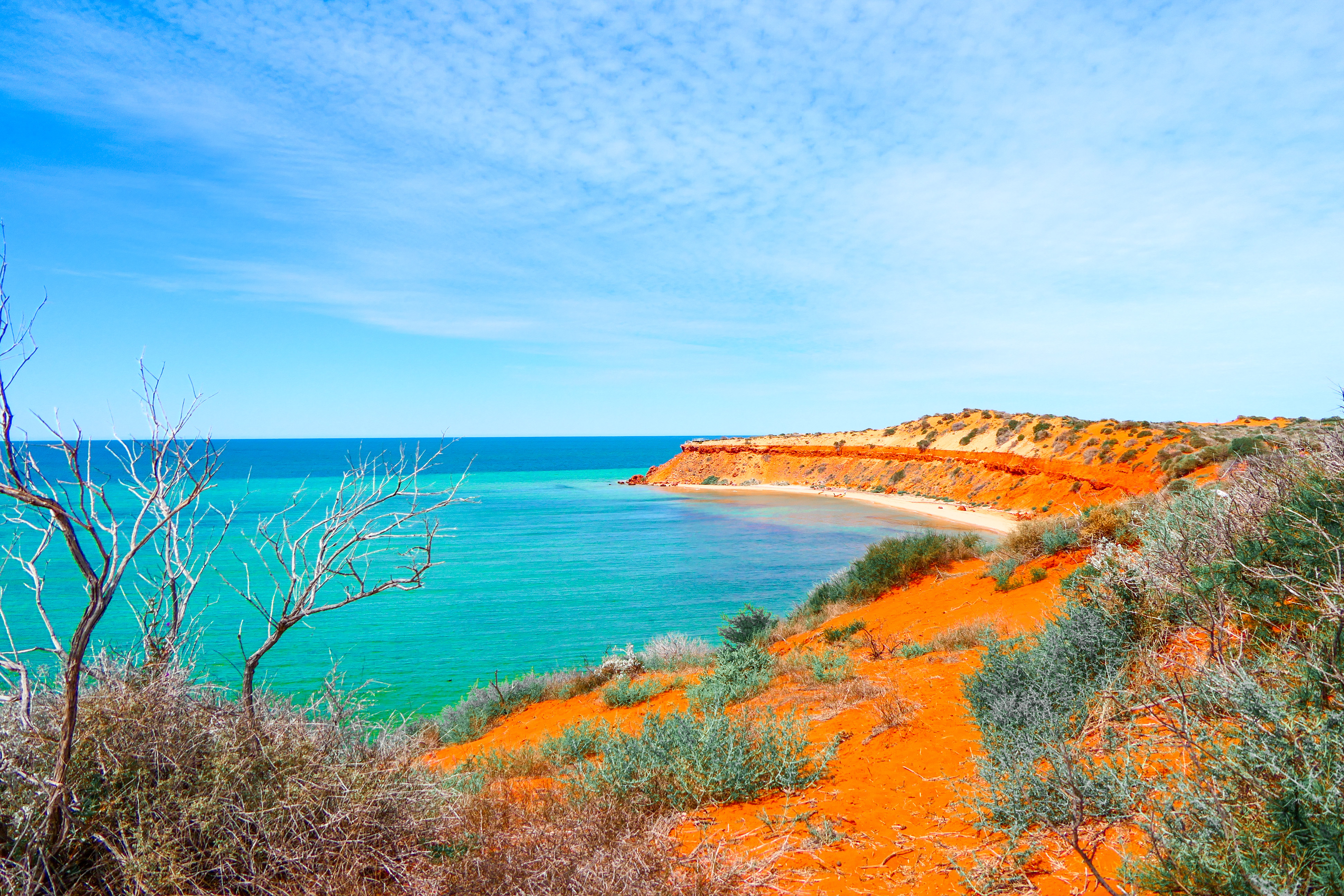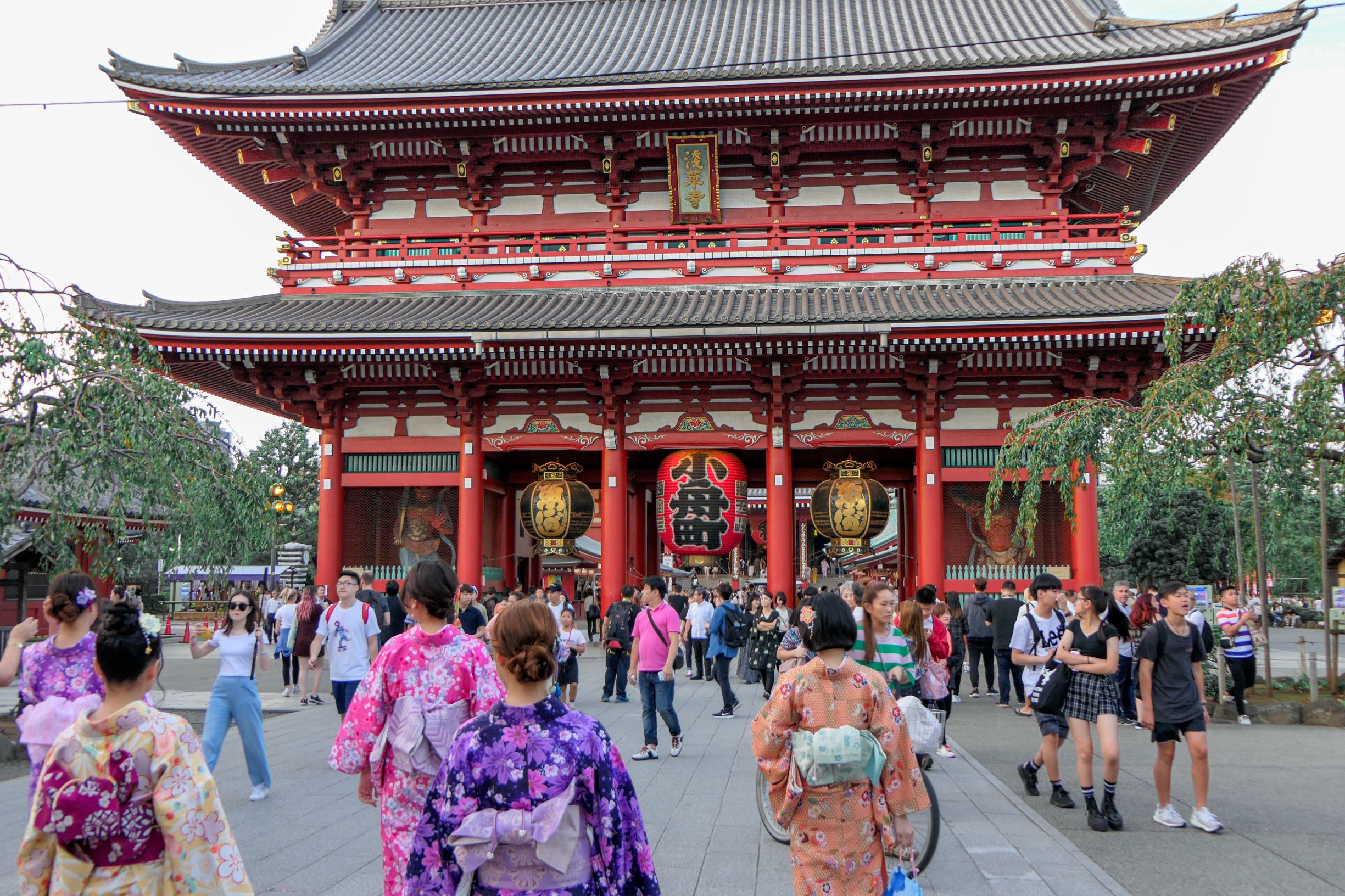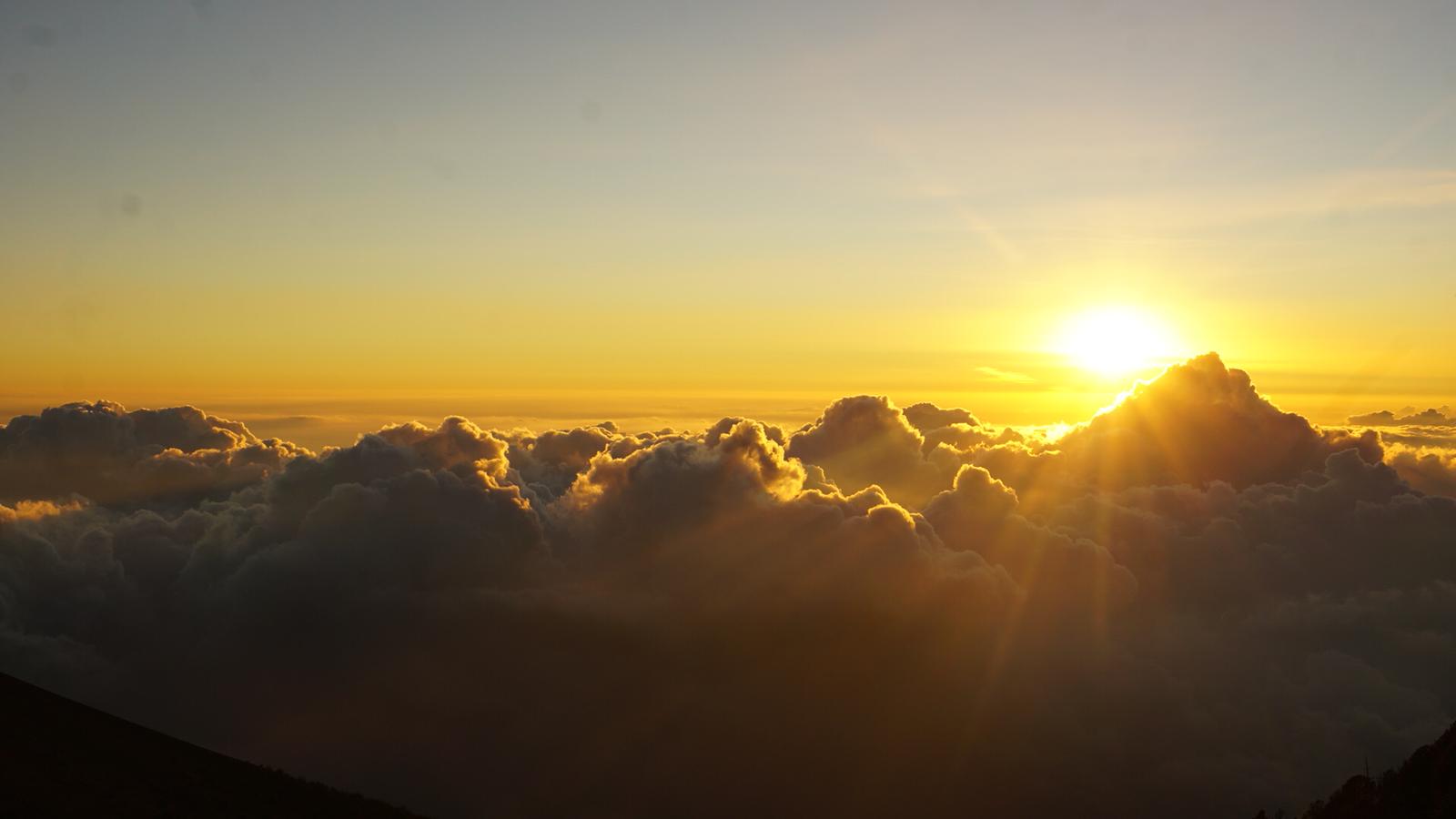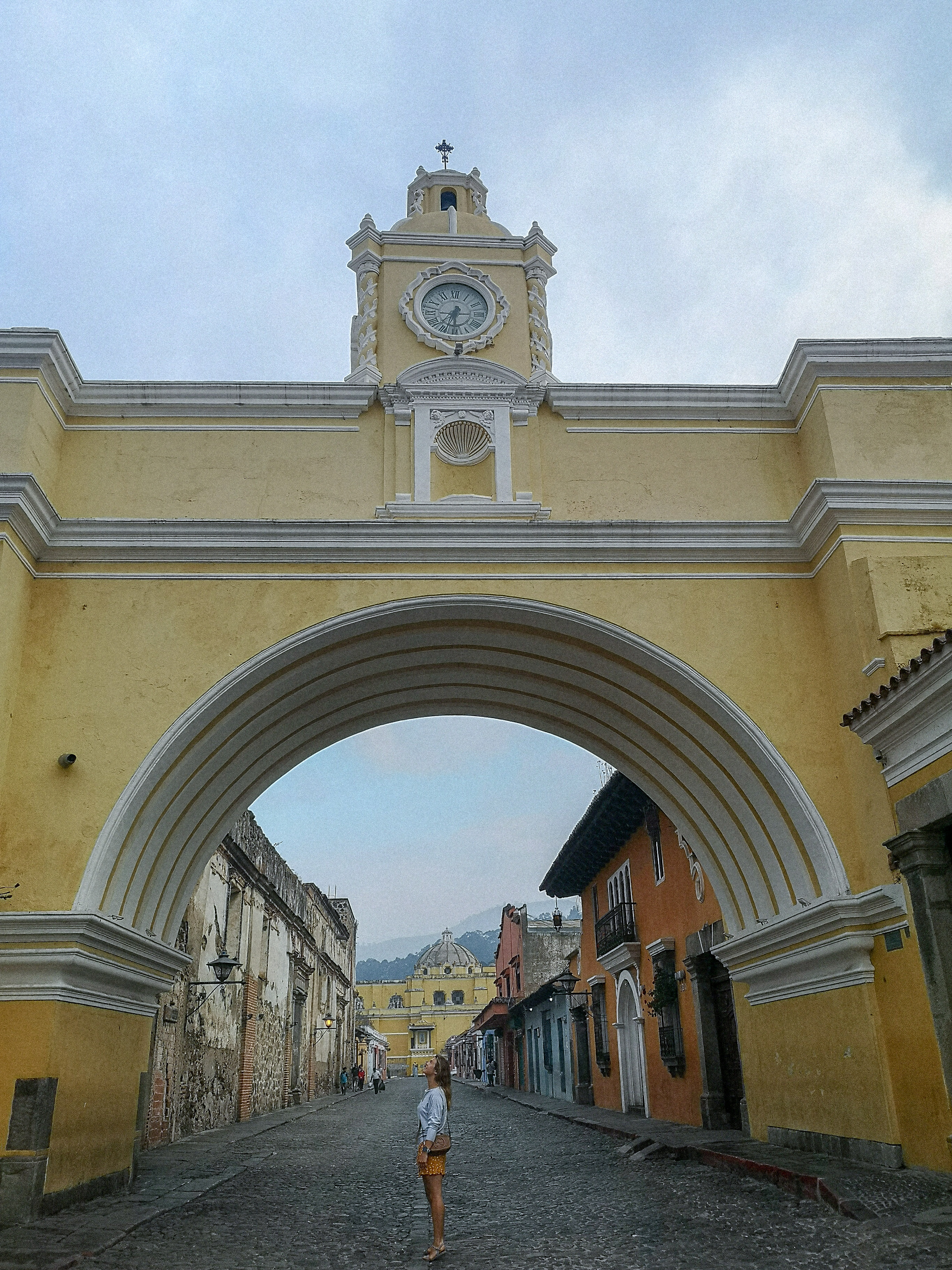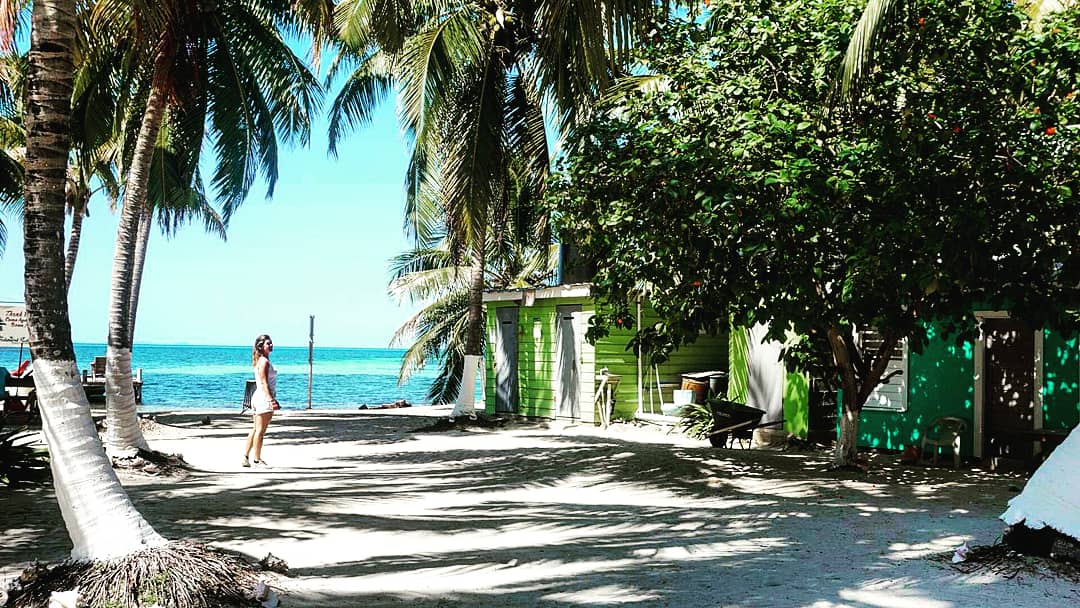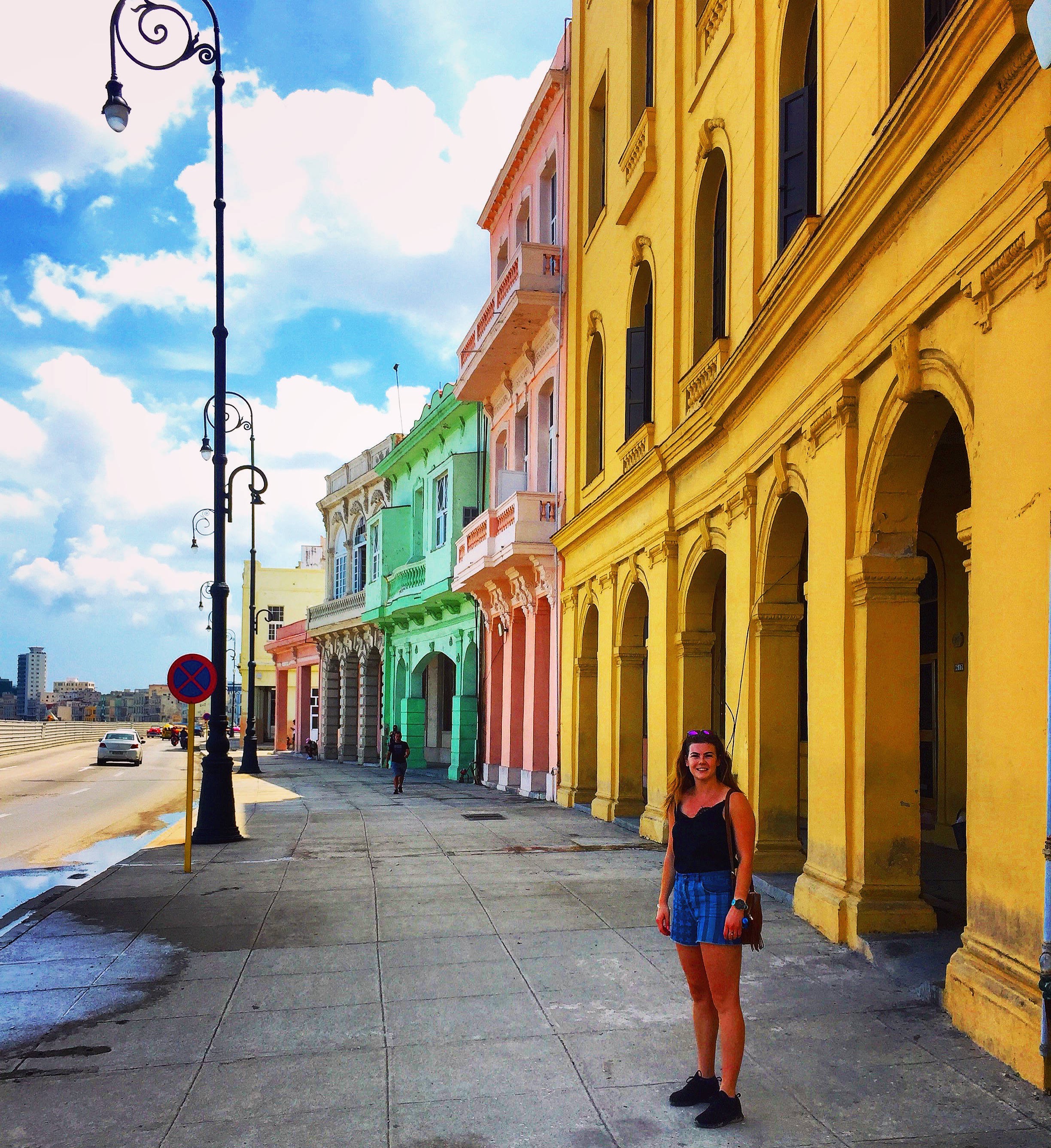Acatenanago is the second highest peak to Tajumulco (4220 m) in all of Central America standing at 3976 m. When in Guatemala there are so many volcanos to hike you could just spend two to three weeks hiking volcano after volcano. Acatenango is THE volcano to hike when visiting Antigua due to the base being only a 30 minute drive from the city. The hike is a two day one night hike where you set off in the morning from Antigua, arrive to base camp which is typically 1-2 hours from the summit, spend the night the camping at base camp and then hike up to the summit early for sunrise before descending. I had been recommended by several travellers I met along the way to book through Soy tours. They are definitely one of the cheaper tours and one of the better from what I heard from other people’s experiences. The tour including the entrance fee for the volcano was 350 Q (€37) which included all food, accommodation for the night, transport to and from your hostel in Antigua, guides and cold weather equipment/clothes. I had been warned it is extremely cold at the summit…
I had been warned that travelling through central and South America for seven months was going to be challenging without Spanish and I would get so much more from my experience if I spoke Spanish. Booking flights to go on is trip with a month before departure didn’t leave me much time to start learning a new language. I studied french in school, what a stupid idea! Unless you want to live in France or Quebec, it’s not exactly a language you can travel with. I downloaded FluentU and started on my quest to learn conservational Spanish. I didn’t get too far with it, landing in Mexico I was able to say ‘mi nombre es Sari’ and ‘yo soy una mujer’ (I am a women. Which I hope was pretty obvious). After two weeks in Guatemala I realised my duo Spanglish would need some extra assistance and that people really don’t speak any English. I read about Xela, Guatemala’s second largest city behind Guatemala city, also known as Quetzaltenango. It’s known for its cheap Spanish classes and home stay and also its surrounding volcanos…
Guatemala stole my heart from the first town we visited. It is such a diverse country, home to rain forests, volcanoes, beaches, colonial cities and Mayan ruins. Despite being flagged as a bit of a risky country safety wise for travelers I’ve always felt safe in Guatemala during my month stint in this multi faceted country. Route: Getting there: We caught a collectivo from the Guatemalan border after coming in from Belize. Collectivos are little mini vans that cost next to nothing and the main aim seems to be to see how many people can be fitted into a 16 seater mini bus. Last count was 31. Top tip- sit on a single seat if you can, less chances of more people trying to pile onto your seat, although there’s a high chance you may be thrown a child to hold on your lap for the journey. The collectivo from the border to Flores cost 30Q (€3) and was about two and a half hours. After that we hopped into a Tuk Tuk for ten minutes to bring us to our hostel in Flores. Flores Flores is a quaint and picturesque colonial town located on a…
I would consider myself to be well travelled and savy on what one would need for any type of trip, be it a winter in the Alps, a weekend in Ibiza or a treking holiday but I really struggled when it came to packing for what could be a year in all times of climates, occassions and activities…
Belize is a beautiful small country bordering Mexico to the north, Guatemala to the left and the Caribbean Sea to the right. It was a nice surprise to get off the boat in Belize and be greeted in English with a thick Caribbean accent. Belize is famous for its barrier reef, the largest in the northern hemisphere and second largest in the world, second only to Australia’s Great Barrier Reef. Belize has a tiny population of 350,000 and is rich in a Garfunkel Caribbean culture. The eastern coast of Belize is dotted with hundreds of little islands called cayes (produced “keys”) and some of them you can stay on or visit for the day. If you’ve come from neighbouring Mexico or Guatemala, the price hike in Belize will make your eyes water. It is known as one of the most expensive if not the most expensive country in Central America but it’s such a small country two weeks is plenty of time to do the islands, Southern Belize and the western part of the country with jungle, ruins and caves to explore. Things to know about Belize: Currency: Belizan dollars but…
The Yucatan is situated in Mexico’s south east coast surrounded my clear tropical waters and white-coral sandy beaches. The peninsula separates the Caribbean Sea and the gulf of Mexico and everything that one associated with the word “Caribbean” is on full display along the shore line. The area is so diverse; from the most amazing and diverse coral reefs saturated in colour to Mayan ruins, colonial cities and towns to underground caves of fresh water called cenotes, slow beach towns to the bright lights and party scene in Cancun and Playa del Carmen. The Yucatan has something to offer for every type of traveler. Time to go: The dry season which is also the high season is November to March where it is less humid and slightly cooler than the humid summer months. The wet or hurricane season is from late August to October. This is where you will find cheaper deals and having travelled to this area myself in September, I would not hesitate to go back at that time of year. One of the days during the 10 days in Mexico was rainy, other than that we had perfectly clear and sunny days but it was…
If you haven’t been to Cuba, it should be on your list. It is a country steeped in culture, history and it has been through a lot. Despite 50 years of withering neglect, the damaged colonial buildings are still grand and beautiful. You will feel as if you are in a time warp with the lack of internet, private enterprise, old classic cars and brightly coloured buildings. Things you need to know when going to Cuba: Cash is king! In Cuba they have two currencies; you’ll hear it being referred to as the local currency, or Cuban Peso, and the tourist currency, Cuban Convertible currency (CUC). Cuban currency is considered a closed currency, i.e you can only get it from within the country. The exchange rate is $1 = 1 CUC and 1 CUC = 25 Cuban Peso for locals. Tourists use almost exclusively CUC so you won’t need to worry about the other currency. Take cash in your own currency and exchange it at the desk in the airport for CUC. Not many shops and restaurants accept card so make sure you have cash on you, and ATMs are few and far between. Sometime…
